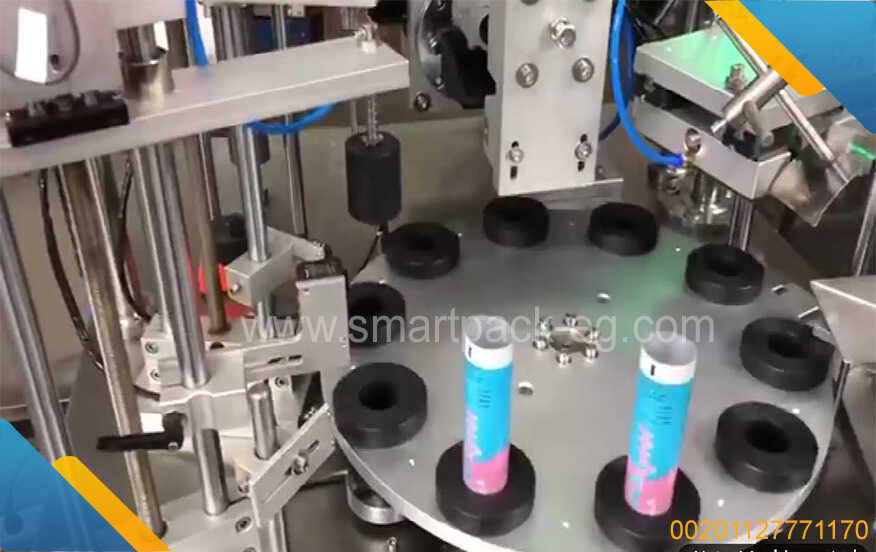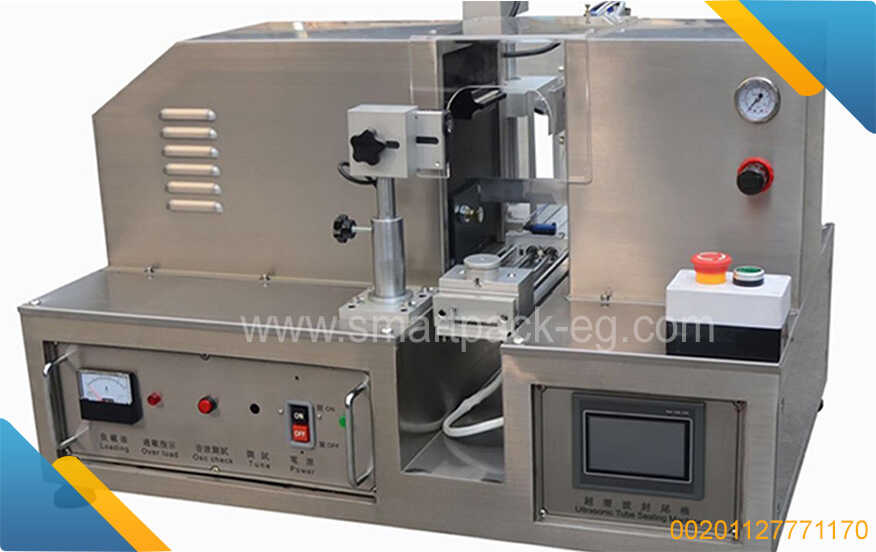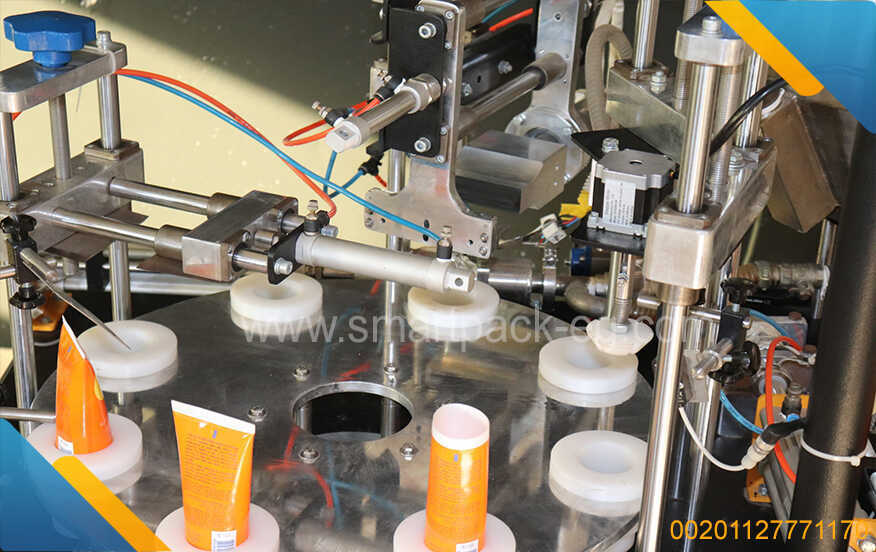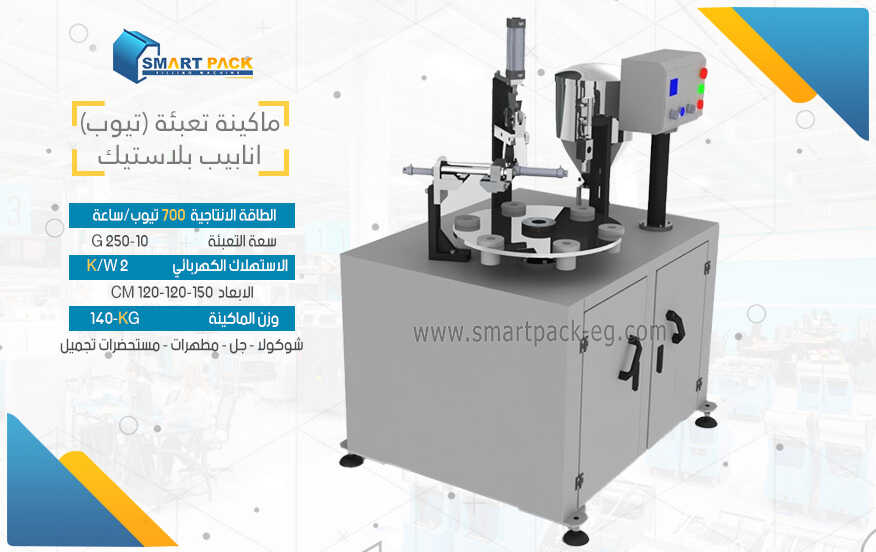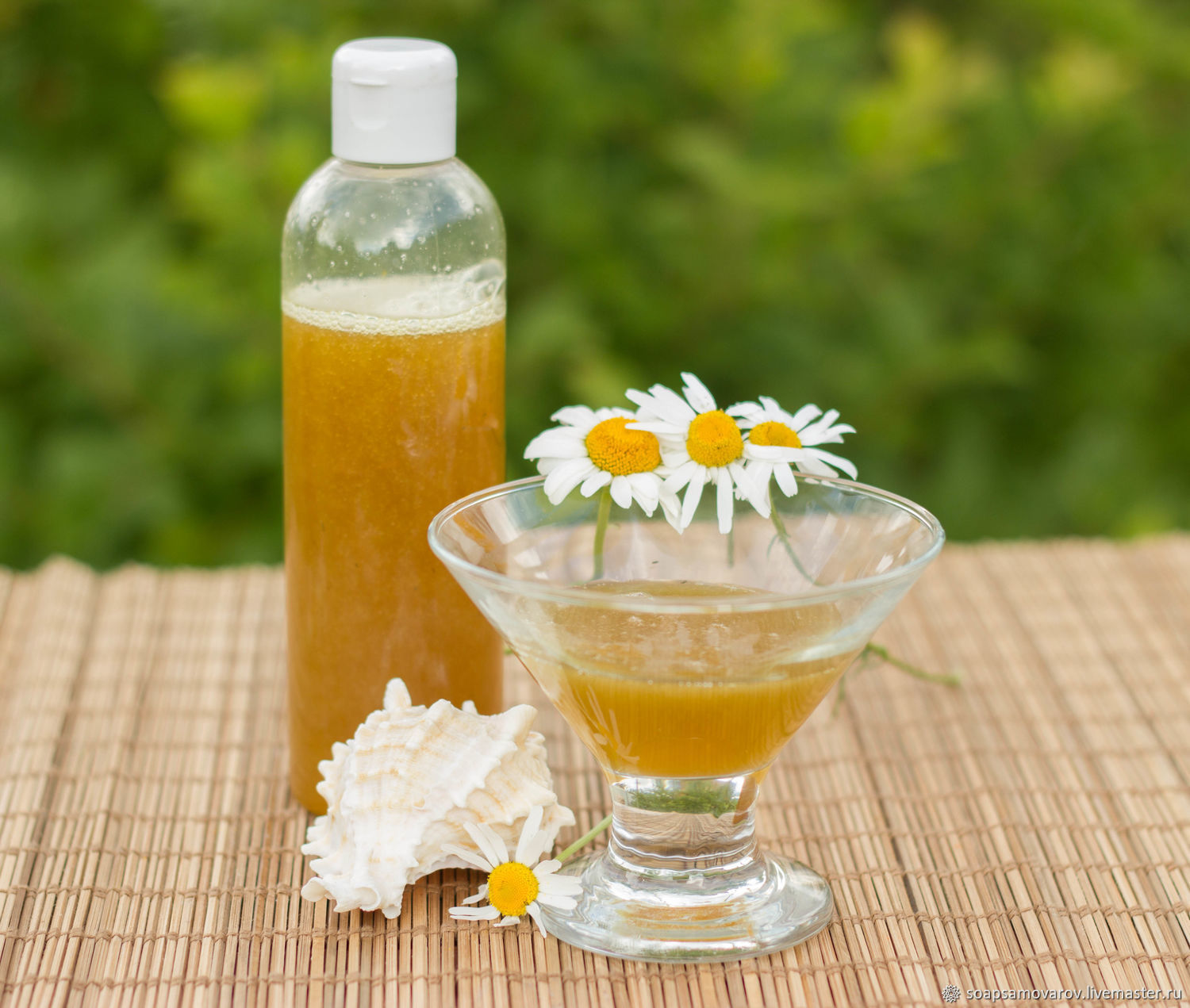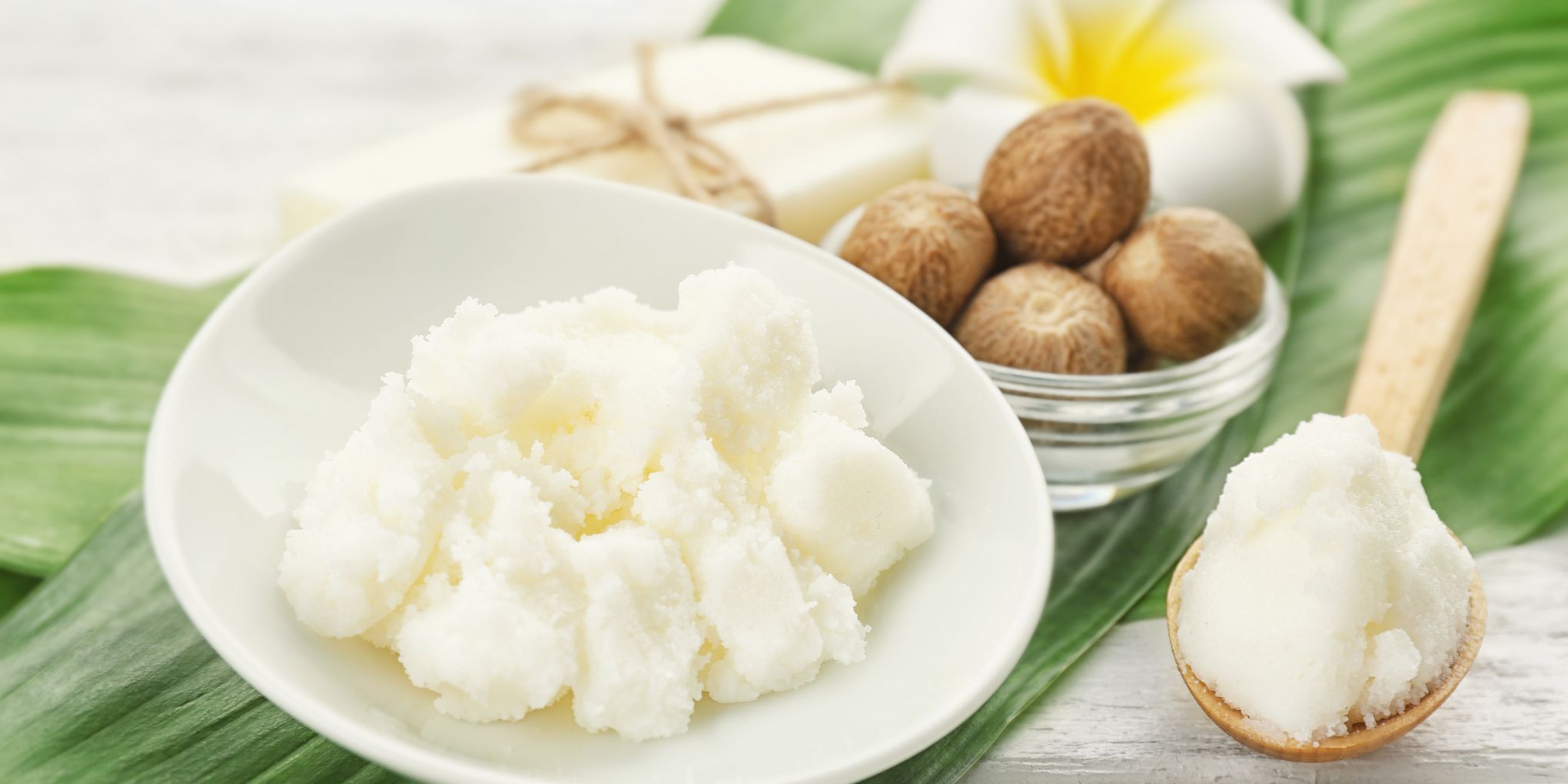How To Guide: How is Washing Powder Made?
Introduction:
In this comprehensive guide, we will delve into the process of how washing powder is made. Understanding the manufacturing process can provide valuable insights into the composition and functionality of this essential cleaning product. So, let's explore the step-by-step procedure of how washing powder is manufactured.
Step 1: Formulation and Recipe Development:
The first step in making washing powder is formulation and recipe development. Chemical engineers and experts work together to develop a formula that meets the desired cleaning properties while ensuring safety and environmental compatibility. This involves selecting the right combination of ingredients such as surfactants, builders, enzymes, fragrance, and other additives.
Step 2: Blending of Ingredients:
Once the formulation is finalized, the next step is to blend the ingredients. In large-scale manufacturing, specialized equipment is used to mix the ingredients in specific quantities. The surfactants, which are responsible for the detergent's cleaning action, are combined with builders, enzymes, and other components to establish the desired detergent properties.
Step 3: Spray Drying:
After the ingredients are blended, the mixture is subjected to a spray drying process. Spray drying involves transforming the liquid mixture into a powdered form. To achieve this, the mixture is passed through a nozzle or atomizer while simultaneously exposed to hot air. The hot air evaporates the liquid content, leaving behind fine particles of the washing powder.
Step 4: Granulation:
The powdered washing powder obtained from the spray drying process may undergo a granulation step. Granulation involves adding small amounts of moisture to the powder, creating agglomerates or granules. This process improves the flowability of the powder, enhances the stability of the product, and ensures uniform distribution of the ingredients.
Step 5: Packaging:
Once the granulation process is complete, the washing powder is ready for packaging. The powder is filled into various packaging forms including boxes, pouches, or bags. The packaging material provides protection against moisture and keeps the powder sealed until it is used. Labels containing essential information such as usage instructions, safety precautions, and ingredients are placed on the packaging.
Step 6: Quality Assurance and Testing:
Before the washing powder reaches the market, rigorous quality assurance and testing procedures are carried out. Manufacturers conduct tests to ensure that the product meets safety standards, effectiveness requirements, and compliance with environmental regulations. This guarantees that the washing powder is safe and effective for users while adhering to industry standards.
Conclusion:
Understanding how washing powder is made can give us a deeper appreciation for the complexity of its manufacturing process. From formulating the right blend of ingredients to spray drying and granulation, each step contributes to the final product that helps us achieve cleaner and fresher laundry. By following this simple guide, you can gain insights into the intricacies of washing powder production and enhance your knowledge about the products you use in daily life.

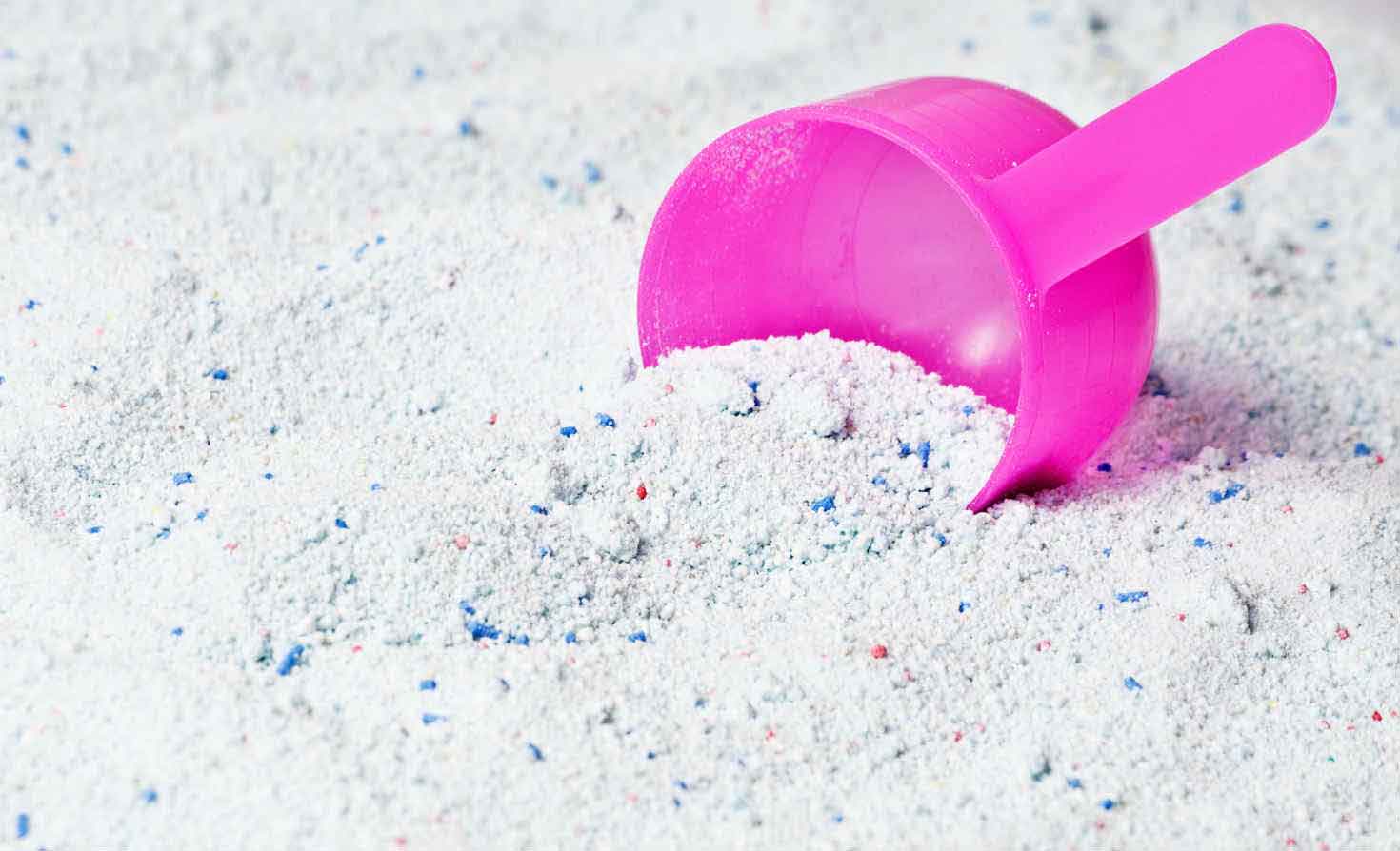
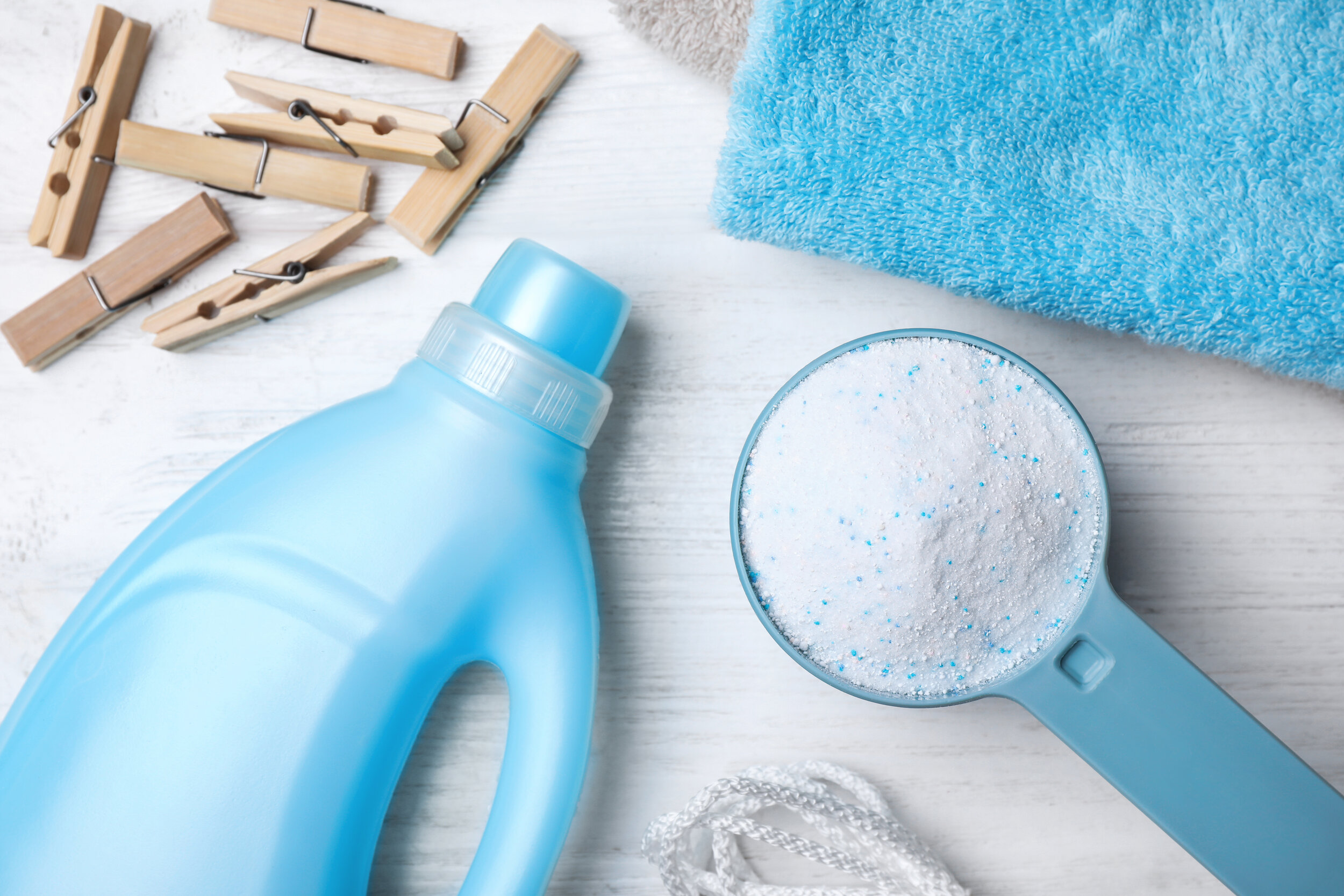
 Admin
Admin 